Low-emission products in LOTUS
[/et_pb_text][/et_pb_column][/et_pb_row][et_pb_row][et_pb_column type=”4_4″][et_pb_text _builder_version=”3.20.2″]

What are VOCs?
Volatile organic compounds, or VOCs are organic chemical compounds whose composition makes it possible for them to evaporate under normal indoor atmospheric conditions of temperature and pressure.
Definition of the European Union (EU):
A VOC is any organic compound having an initial boiling point less than or equal to 250° C measured at a standard atmospheric pressure of 101.3 kPa.
Why it is Important to Limit VOCs
VOCs are of concern as both indoor air pollutants and as outdoor air pollutants. The main concern indoors is the potential for VOCs to adversely impact the health of people that are exposed. While VOCs can also be a health concern outdoors, VOCs outdoors are mainly regulated because of their ability to create photochemical smog under certain conditions.
Concentrations of many VOCs are consistently higher indoors (up to ten times higher) than outdoors. VOCs are emitted by a wide array of products numbering in the thousands, including paints, paint strippers and other solvents, building materials and furnishings, office equipment such as copiers and printers, correction fluids and carbonless copy paper, etc.
For more information on possible impact of VOCs concentration indoor on human health, read, for example:
For a useful guide to common sources of VOCs in household and mitigation measures, you can refer to:
Common Sources of VOCs in the Home: How to Limit Your Exposure
Formaldehyde is a type of VOC used widely by industry to manufacture building materials and numerous household products. The most significant sources of formaldehyde are likely to be pressed wood products made using adhesives that contain urea-formaldehyde (UF) resin or phenol-formaldehyde (PF) resin. Pressed wood products made for indoor use include: particleboard (used as sub-flooring and used in cabinets and furniture); hardwood plywood paneling (used for decorative wall covering and used in cabinets and furniture); and medium density fiberboard (used for drawer fronts, cabinets, and furniture tops). Medium density fiberboard contains the highest resin-to-wood ratio and is generally recognized as being the highest formaldehyde-emitting pressed wood product.
LOTUS requirements
To demonstrate low-VOC compliance, a product must meet one or more of the following requirements, as applicable:
1. Certified/labelled as low-VOC products by an internationally or regionally recognized authority, such as:
2. VOC content lower than the limits set in an internationally or regionally recognized regulation or standard, such as:
-
- South Coast Air Quality Management District Rule 1113 or Rule 1168
- Hong Kong Air Pollution Control VOC Regulation
- California Air Resources Board
- CDPH Standard Method Version V1.1 – 2010 or CDPH/EHLB Standard Method V1.2 – 2017 using the applicable exposure scenario
The VOC content shall be demonstrated with laboratory test results following relevant test methods such as US EPA Reference Method 24 or European Committee for Standardization EN 16516.
3. Inherently non-emitting VOC (stone, ceramics, powder-coated metals, plated metals or anodized metals, glass, concrete, clay brick, and unfinished/untreated solid wood flooring)
4. Salvaged and reused with more than one year old at the time of use, provided that the finishing products (paints, coatings, adhesives, and sealants) used, if any, are low-VOC emission products
For composite wood products to demonstrate compliance as low-formaldehyde, one of the following requirements should be met, as applicable:
1. Certified/labelled as low-formaldehyde products by an internationally or regionally recognized authority, such as:
2. Do not exceed the allowable limit for emissions of formaldehyde following CDPH Standard Method Version V1.1 – 2010 or CDPH/EHLB Standard Method V1.2 – 2017
3. Do not exceed a concentration limit of 0.05 ppm of formaldehyde (0.06 mg/m2.h when expressed as emission rate) as tested following an internationally recognized standard
4. Do not contain any added urea-formaldehyde (UF) resin and phenol-formaldehyde (PF) resin
5. Classified as ULEF (ultra-low-emitting formaldehyde) or NAF (no added formaldehyde)
6. Salvaged and reused with more than one year old at the time of use, provided that the finishing products (paints, coatings, adhesives, and sealants) used, if any, are low-VOC emission products
[/et_pb_text][/et_pb_column][/et_pb_row][/et_pb_section]
 Tiếng Việt
Tiếng Việt





